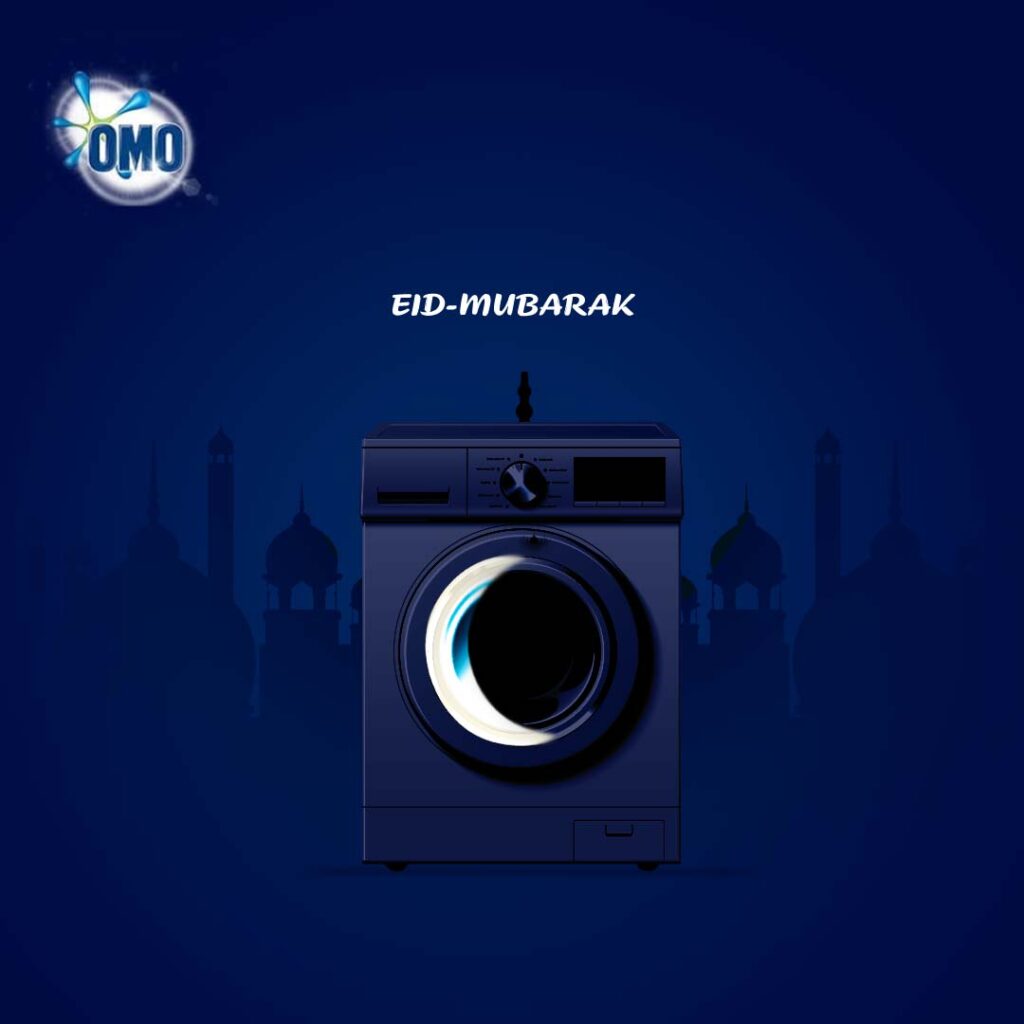Typography is the key integral focus of any design project. It goes beyond the principles of legibility, readability, and compatibility. It is a disruptive blend of art geared towards the target audience to act.
The skillful use of typography commands the attention of your desired audience, communicates a key idea and motivates them to act. Invariably, Great Typography sets designers apart.
Typography creates and adds value to your design, be it print, or screen based, still or motion graphics. As a creative or graphic designer, the implementation of typography is vital, yet it is barely considered or not at all.
Designers find it difficult to practice the use of typefaces, some are ignorant of it or don’t pay attention at all. With the intention of bringing designs to life, some designers create disastrous pieces by misusing typefaces.
Creativity is displayed in the way a typeface is used, positioned and manipulated just to get a design piece chunked out. This article will break down typography, starting with the basics on its usage.
- Typefaces are mistaken for fonts. A typeface is a collection of fonts sharing an overall
appearance that are designed to co-exist. ‘A font is a complete set of characters that share a common weight, width, and style’ as stated in Adobe InDesign’s glossary.
| Typeface | Font |
| Gotham | Gotham Book, 20px, Normal |
| Categories | Typeface |
| Serif | Times New Roman, Baskerville, Didot, Bodoni |
| Sans-Serif | Helvetica, Gotham, Avenir, Roboto, Calibri |
| Display | Blacksetter |
| Script | |
| Dingbat | Wingdings |
- Consistent use of a typeface is key. Too many typefaces on a design project are heading for the guns. Endeavor to work with a maximum of two fonts from the same typeface or different typeface. Simplicity is Classic.
- Choice of colors play a big role for legibility sake. The most legible designs are always the monochrome versions. This is due to the clarity in contrast. For example, having a black text on a white background and vice versa. The contrast between the text and the background need to be clearly defined for the text to be legible and to avoid a color clash. Contrast is great, but the wrong choice of colors will be a titanic version of a great design.
- Know when to use a complex font. There are instances, where the traditional sans-serif or serif will not work. For instance, a wedding design style would require a modern display, script or ornamental typefaces. They must be large to be legible. This category of typefaces is strictly minimized in terms of usage.
- A typeface choice for a brand equates to the image of the brand. I know some will be wondering how? To tell a perfect brand story, typography must be integrated. This is one of the most important notifications for every designer. Every brand represents a set of values and should be denoted in the choice of typeface. A brand’s choice of the typeface in the form of logo or document can tell what it represents, what it’s about or which industry it belongs to. Typefaces can be that compelling cause they do have a story. It’s either you find one that resonates with your values or creates yours.
A careful selection and consistent use of a chosen typeface can be just as important as the use of graphics, color, and images in creating and solidifying a professional brand. Hence, the practice of typography should be taken into cognizance and be integrated into every design project.
BY JUSTICE ANABA






